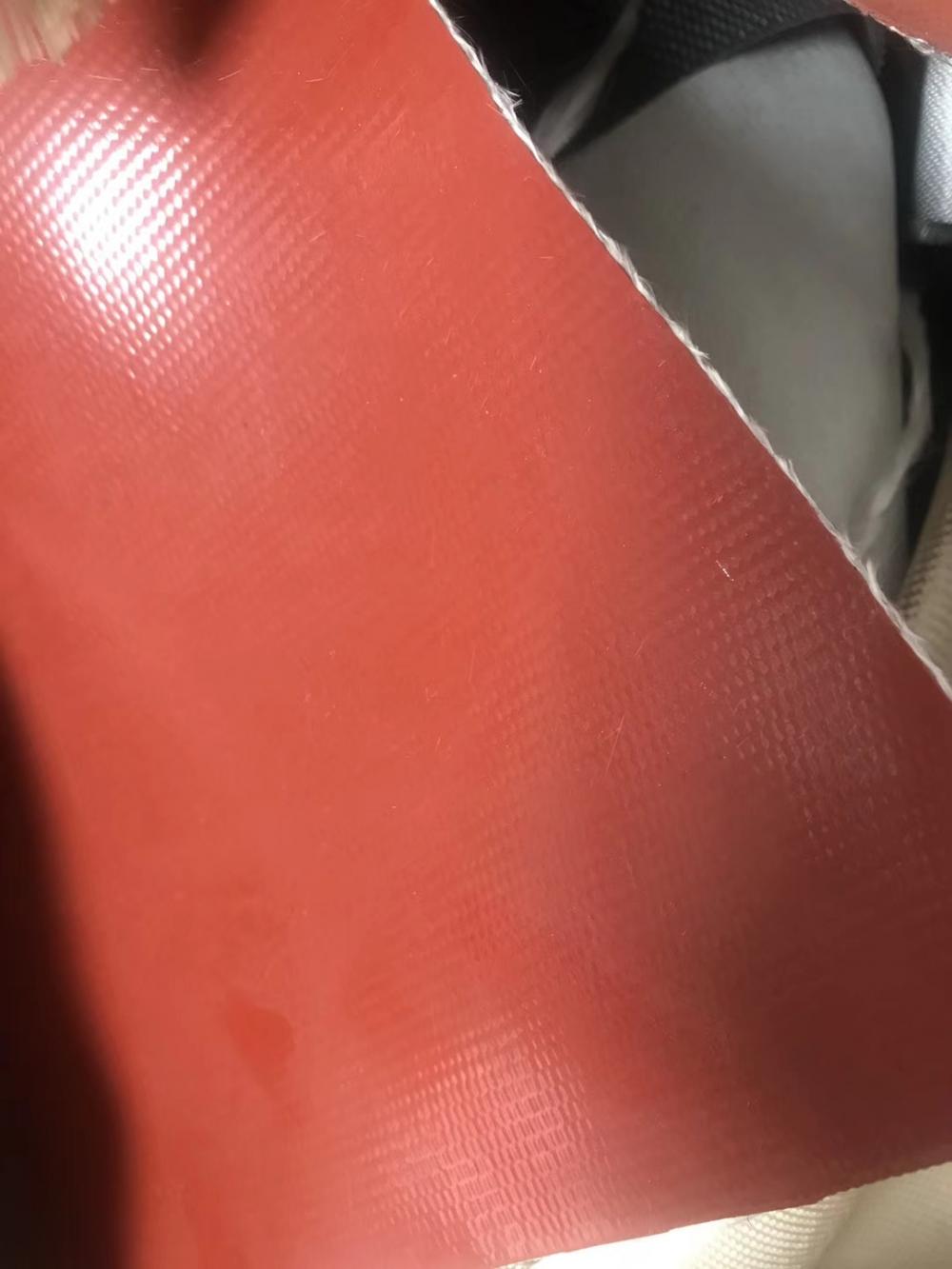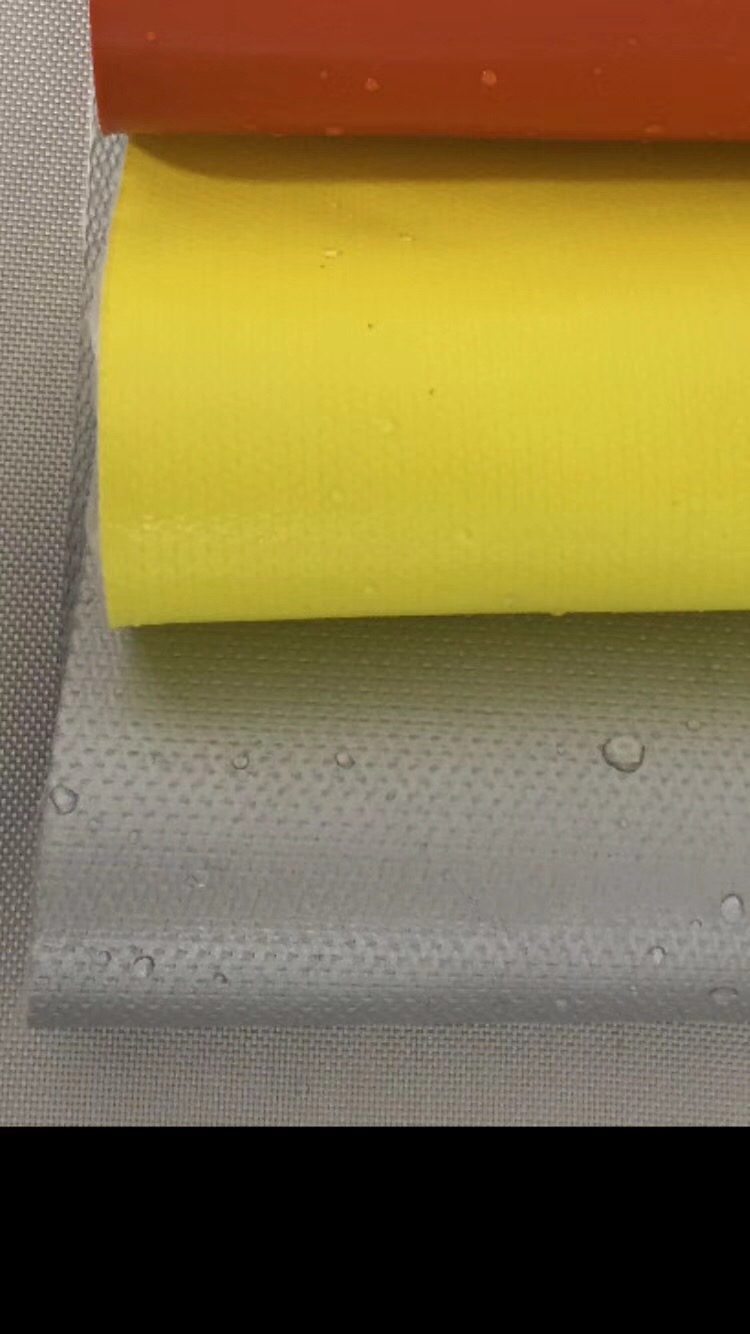Now that you understand why photogrammetry is a valuable tool for creating 3D models of indoor spaces and how to gather suitable data using Elios 2, you're prepared to move on to the next step: processing that data to build your very first 3D model. In this post, we'll walk you through preparing your dataset in Inspector so that it's ready to be processed with Pix4Dmapper or any other photogrammetry software. We'll also guide you step-by-step through building your first 3D model using Pix4Dmapper.
To follow along, you'll need an Elios 2 dataset, Inspector, and a trial version of Pix4Dmapper. If you haven't yet acquired the necessary hardware or software, here’s where you can find everything:
- **Download an Elios 2 dataset**: [Insert link]
- **Download Inspector**: [Insert link]
- **Get a trial of Pix4D Mapper**: [Insert link]
---
### Preparing Data with Inspector
The initial step involves extracting video frames and saving them as individual images. Open your video file in Inspector and utilize the "Export frames as images" tool located under the "Export" menu.
This tool enables you to select the starting and ending points for frame extraction and determine the frequency of frame extraction. Given that the video records at 30 frames per second (fps), choosing "one image every 30 frames" will yield one frame per second, which is often a good starting point. However, if you were flying at high speeds or if the images lack sufficient visual features, consider increasing the frequency—for instance, selecting "one image every 15 frames." Keep in mind that a higher number of images will extend processing time!
For Pix4D users, we offer two processing templates to ensure optimal settings are applied. If you check the relevant box, the template file will be saved alongside your images.
- **Fast processing**: Recommended for datasets rich in visual features and generally high overlap. Images are downsampled for faster processing, resulting in fewer points in the final point cloud.
- **Robust processing**: Ideal for datasets with fewer visual features or suboptimal trajectories (lower overlap). This method employs more robust matching strategies, though it takes longer. Full-resolution images are retained for denser point cloud generation.
---
### Processing with Pix4D
#### Camera Model Selection
When creating a new Pix4D project and adding the video frames extracted via Inspector, the software will automatically detect the correct camera model based on EXIF tags. For 4K footage, this is the Elios2_2.7_3840x2160 model.
If you've used another tool to extract images, they won't be recognized automatically, requiring manual selection from a dropdown menu. Note that the Elios 2 camera model is available for both 4K and FHD video formats, as well as the 12MP still format.
#### Importing Processing Templates
You can import a processing options template (.tmpl) by following these instructions. To generate the template file directly from Inspector, simply tick the corresponding box in the Export Frames window. Once imported, the template will be saved in Pix4D and reusable for future projects.
#### Combining Multiple Flights
It’s possible to process images from several flights together to create larger, interconnected models. A project with around 2,000 images (approximately four flights at one image per second) works well with Pix4D. Processing time depends on your hardware and chosen processing options (templates).
Remember, photogrammetry in GPS-denied environments relies entirely on visual information. To connect multiple flights effectively, ensure that each flight captures images similar to those of others. Review how to acquire proper data with Elios 2 for 3D modeling, particularly focusing on loop closure.
---
### Using Alternative Photogrammetry Software
While Pix4Dmapper is highly recommended, other photogrammetry software is also compatible, provided the images aren’t geotagged.
If opting for a different program, you may need to manually select a camera model with adjusted parameters. Many programs let you input approximate values for key camera parameters, optimizing the model during processing. Start with simpler datasets, perhaps recording a video tailored for this purpose:
- **Outdoor, with good lighting**
- **Environments rich in visual features**
- **High-overlap flight paths**
Below are the primary specifications of the Elios 2 camera:
| Aspect | Details |
|--------------------|-------------------------------------------------------------------------------------------|
| General | Sensor size: 7.564 mm (H) x 5.476 mm (V)
Focal length: 2.71 mm
Lens type: Fisheye | | 4K Format | Resolution: 3840 x 2160
Active sensor size: 5.952 mm (H) x 3.348 mm (V)
Pixel size: 1.55 μm (H) x 1.55 μm (V) | | FHD Format | Resolution: 1920 x 1080
Active sensor size: 5.952 mm (H) x 3.348 mm (V)
Pixel size: 3.10 μm (H) x 3.10 μm (V) | | Photo Format | Resolution: 4000 x 3000
Active sensor size: 6.323 mm (H) x 4.743 mm (V)
Pixel size: 1.55 μm (H) x 1.55 μm (V) | Your software might allow tweaking processing parameters like image resolution or matching strategies. These adjustments can significantly affect processing duration and output quality. Refer to your software’s documentation. --- ### Scaling and Orienting Your Model By default, your 3D model lacks accurate scale and orientation since the images aren’t geotagged. To rectify this, you must incorporate ground control points (GCPs) or apply scale and orientation constraints if you wish to properly scale, orient, and reference your project. Scaling is essential for taking measurements, while correct orientation aids visualization. Georeferencing the model enables compatibility with other models and geodata. Assuming you’re using Pix4D, similar steps exist in other photogrammetry software. After the initial processing phase (camera position and orientation), you receive a quality report indicating calibrated image counts and overall quality indicators. If too few images are calibrated or the model appears distorted, adjust processing options for enhanced robustness and repeat the first step. Alternatively, extract additional images (e.g., two frames per second) and initiate a fresh project. At this stage, you can introduce: - **Scale Constraints**: Utilize known object lengths visible in images to scale the project. Learn more about scaling in Pix4D. - **Orientation Constraints**: Align the model vertically by identifying two points forming a vertical line (room corners, pipes, etc.). - **Ground Control Points (GCPs)**: Add GCPs with precise 3D coordinates in your chosen coordinate system. Following these additions, reoptimize the project—a swift recalibration process—and proceed to Step 2 (point cloud densification and 3D mesh). Step 3 (DSM, Orthomosaic, and Index) is only necessary if these outputs are required. --- ### Share Your Work Photogrammetry empowers inspectors and surveyors to create digital twins of nearly anything. We’d love to see what you achieve with the tools discussed here! Share your results—screenshots, fly-throughs—on social media using #elios2photogrammetry, @flyability on LinkedIn/Facebook, or @fly_ability on Twitter. We’ll highlight your work to our audience. Alternatively, send us your favorite creations, and we’ll feature them on our blog and social platforms. This post is part of a series exploring photogrammetry: - Why Use Photogrammetry to Build 3D Models of Indoor Spaces? - Mining Drones: Elios 2 Creates Photogrammetric Models - Building 3D Models with Elios 2: Acquiring Appropriate Data for Photogrammetry - Building 3D Models with Elios 2: Processing Data with Photogrammetry Software - Elios 2 Tested for Indoor Stockpile Volumetry, Producing 3D Maps Accurate to Within 1 Centimeter
Focal length: 2.71 mm
Lens type: Fisheye | | 4K Format | Resolution: 3840 x 2160
Active sensor size: 5.952 mm (H) x 3.348 mm (V)
Pixel size: 1.55 μm (H) x 1.55 μm (V) | | FHD Format | Resolution: 1920 x 1080
Active sensor size: 5.952 mm (H) x 3.348 mm (V)
Pixel size: 3.10 μm (H) x 3.10 μm (V) | | Photo Format | Resolution: 4000 x 3000
Active sensor size: 6.323 mm (H) x 4.743 mm (V)
Pixel size: 1.55 μm (H) x 1.55 μm (V) | Your software might allow tweaking processing parameters like image resolution or matching strategies. These adjustments can significantly affect processing duration and output quality. Refer to your software’s documentation. --- ### Scaling and Orienting Your Model By default, your 3D model lacks accurate scale and orientation since the images aren’t geotagged. To rectify this, you must incorporate ground control points (GCPs) or apply scale and orientation constraints if you wish to properly scale, orient, and reference your project. Scaling is essential for taking measurements, while correct orientation aids visualization. Georeferencing the model enables compatibility with other models and geodata. Assuming you’re using Pix4D, similar steps exist in other photogrammetry software. After the initial processing phase (camera position and orientation), you receive a quality report indicating calibrated image counts and overall quality indicators. If too few images are calibrated or the model appears distorted, adjust processing options for enhanced robustness and repeat the first step. Alternatively, extract additional images (e.g., two frames per second) and initiate a fresh project. At this stage, you can introduce: - **Scale Constraints**: Utilize known object lengths visible in images to scale the project. Learn more about scaling in Pix4D. - **Orientation Constraints**: Align the model vertically by identifying two points forming a vertical line (room corners, pipes, etc.). - **Ground Control Points (GCPs)**: Add GCPs with precise 3D coordinates in your chosen coordinate system. Following these additions, reoptimize the project—a swift recalibration process—and proceed to Step 2 (point cloud densification and 3D mesh). Step 3 (DSM, Orthomosaic, and Index) is only necessary if these outputs are required. --- ### Share Your Work Photogrammetry empowers inspectors and surveyors to create digital twins of nearly anything. We’d love to see what you achieve with the tools discussed here! Share your results—screenshots, fly-throughs—on social media using #elios2photogrammetry, @flyability on LinkedIn/Facebook, or @fly_ability on Twitter. We’ll highlight your work to our audience. Alternatively, send us your favorite creations, and we’ll feature them on our blog and social platforms. This post is part of a series exploring photogrammetry: - Why Use Photogrammetry to Build 3D Models of Indoor Spaces? - Mining Drones: Elios 2 Creates Photogrammetric Models - Building 3D Models with Elios 2: Acquiring Appropriate Data for Photogrammetry - Building 3D Models with Elios 2: Processing Data with Photogrammetry Software - Elios 2 Tested for Indoor Stockpile Volumetry, Producing 3D Maps Accurate to Within 1 Centimeter
YING XING company supply many kinds of high-temperature resistance composite fiberglass fabric .There are PTFE Coated Fiberglass Fabric,silicone rubber coated fabric ,silicone rubber laminate fabric,fluororubber laminate fiberglass and so on.


Fiberglass Fabric,Roll Fiber Glass Cloth,Fiberglass Cloth Fabric,Rubber Coated Fiberglass Fabric
Taixing Yingxing Composite Material Co.,Ltd , https://www.ptfecnyx.com